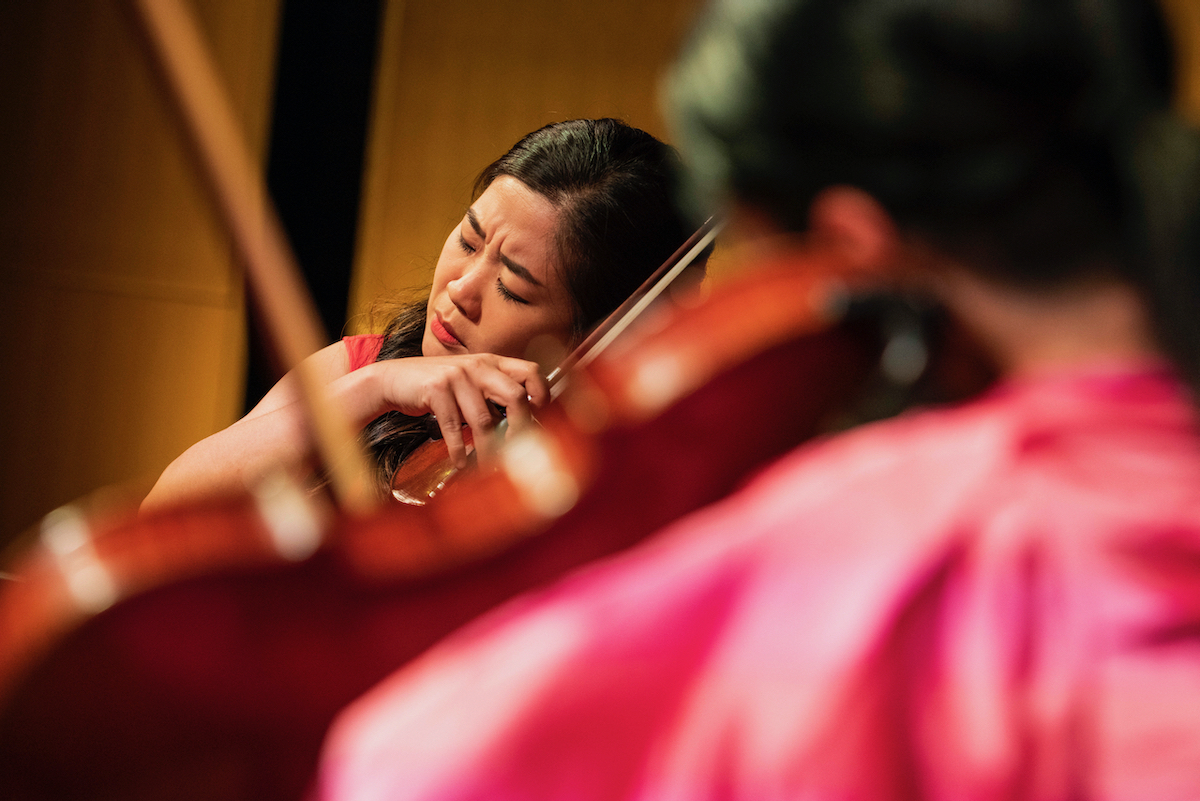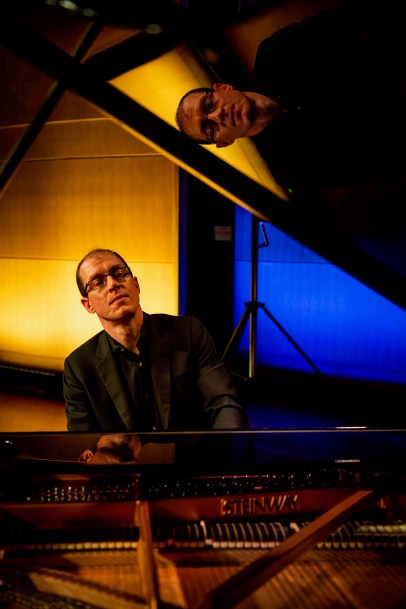Review | Camerata Pacifica’s April Concert in Santa Barbara
Bach, Schumann, and Halvorsen in CamPac’s Season Finale

On Friday night at Hahn Hall, the stalwart chamber music entity known as Camerata Pacifica brought its brave and syncopated season to a stirring, if conservative, close. In January, a season that began boldly last autumn fell prey to the Omicron variant when that first concert of 2022 had to be canceled.

In keeping with the group’s long-standing aesthetic agenda, as laid out by founder Adrian Spence, the season’s musical turf included some daring contemporary fare, especially in February’s living composer-focused evening.
For the last blast of this season, Friday’s program turned back to Bach’s old-school values, Handel (with a caveat), and Schumann. Even so, the evening had fresh twists in store, keeping warhorse syndrome at bay. Bach came to us in the form of a rarely heard solo piano work, Overture in the French Style in B Minor, rather than the oft-played Well-Tempered Clavier or Goldberg Variations. The superb and poetically precise Swiss-born pianist Gilles Vonsattel rendered the 11-part suite, surveying Baroque era dance forms, with bracing clarity and form-clarifying touch.
On a showboating quirk of a piece, violinist Kristin Lee and cellist Ani Aznavoorian skillfully took on a whizbang mutant score in which Norwegian Johan Halvorsen (1864-1935) cross-bred his Passacaglia with Handel’s Suite in G Minor, a set of variations on a simple four-measure theme. The result is a sly and souped-up redux of Handel, stripped of his Baroque composure. Passages court extremes — lugubriously slow or autobahn-ready fast, and sometimes with teasing, playful effects attached.
Sign up for Indy Today to receive fresh news from Independent.com, in your inbox, every morning.
More serious, true-to-the-source business resumed with the intermission-less concert’s finale, Schumann’s Piano Quartet in E flat, Opus 47 (with violist Melissa Reardon joining the program’s three other musicians). The quartet brought impressive cohesion and common cause to the performance, embedded in Schumann’s mid-19th-century signature mode. The 1842 work bridges classical manners, the composer’s deep love of Bach, and early rumblings of Romanticism, before that movement got goopy.
An earnest, slow third movement paves the way for a bold, gutsy finale. In this “Vivace” movement, energies wax and wane, and swaying rubato sections about tight propulsive lines, building to an enthralling finish, to the work, and ultimately to the season.

Support the Santa Barbara Independent through a long-term or a single contribution.




You must be logged in to post a comment.